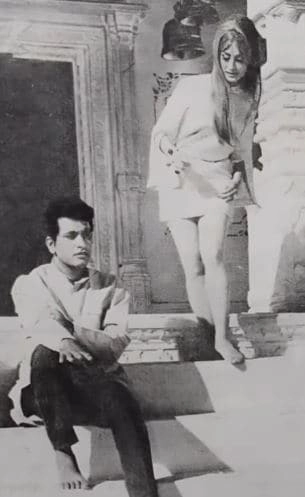In recent years, the film industry has seen a growing trend of censorship that often raises eyebrows among audiences. One of the most talked-about changes occurred in the world of Formula 1, where a middle-finger emoji was controversially replaced with a fist emoji in the documentary series “Drive to Survive.” This modification, while seemingly innocuous, sparked debates about the extent to which censorship can alter the portrayal of genuine emotions and reactions in sports. The decision to replace such a universally recognized symbol of defiance with a more benign gesture reflects a broader trend in media where expressions of raw emotion can be sanitized to appeal to a wider audience. Critics argue that this kind of alteration diminishes the authenticity of the content, stripping it of the real-life grit that fans appreciate.
Similarly, the film “Oppenheimer,” which delves into the life of J. Robert Oppenheimer and the ethical dilemmas surrounding the development of the atomic bomb, also faced its share of censorship challenges. One notable instance involved the removal of nudity from key scenes, which led to significant discussions about artistic integrity versus marketability. The decision to cut these scenes not only alters the film’s narrative flow but also raises questions about the expectations placed on filmmakers to conform to certain standards, even when such alterations might detract from the storytelling. These changes can sometimes feel like an overreach, where the intention of the filmmakers is compromised in favor of appeasing broader audience sensibilities.
The implications of such censorship extend beyond individual films; they reflect larger cultural conversations about how we engage with art and the boundaries of expression. In an age where streaming platforms and global audiences dominate the landscape, filmmakers often find themselves navigating a complex web of regulatory standards and audience expectations. This balancing act can lead to a dilution of the artistic vision, prompting creators to rethink their approaches to storytelling. The audience’s response to these changes can be quite polarizing, with some advocating for greater freedom of expression while others support the idea of content being tailored to suit various sensitivities.
Ultimately, the ongoing debate surrounding censorship in films like “Drive to Survive” and “Oppenheimer” highlights the tension between maintaining artistic authenticity and catering to audience expectations. As filmmakers and studios continue to grapple with these challenges, it becomes increasingly important for audiences to engage critically with the content they consume. Understanding the reasons behind such changes can foster a more nuanced appreciation of the art form, encouraging viewers to advocate for creative freedom while recognizing the complexities involved in bringing stories to life in a way that resonates with a diverse audience. As this conversation evolves, it will be fascinating to see how the industry adapts and whether it can strike a balance between artistic integrity and commercial viability.



